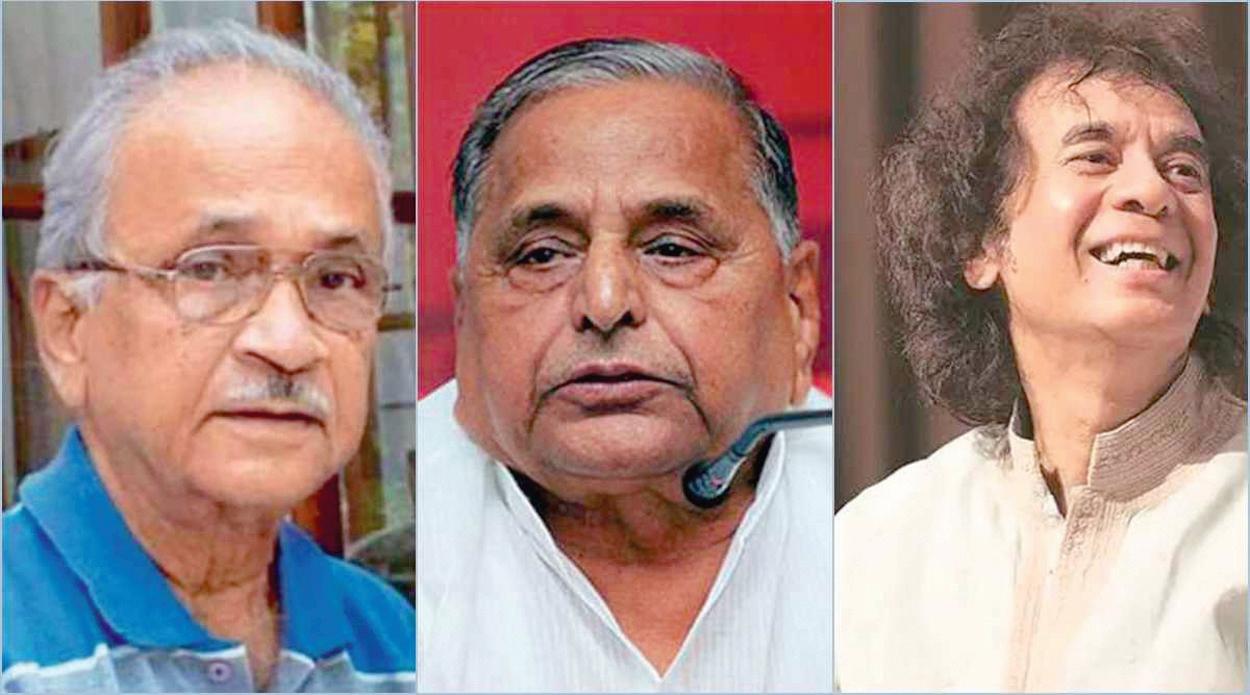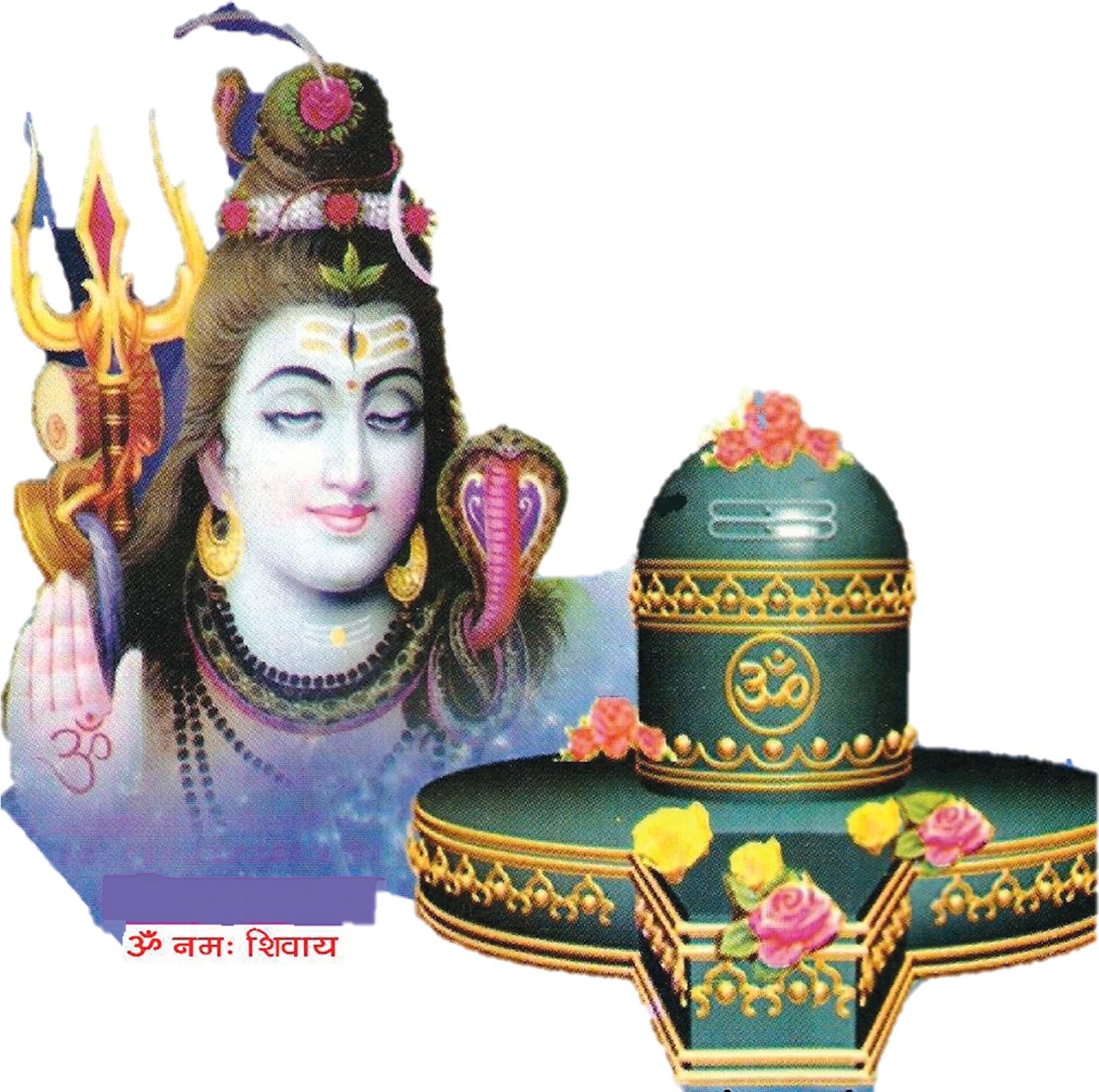
6 minute read
74th Republic Day: India Exhibits Military Might, Cultural Diversity
New Delhi: India marked its 74th Republic Day on Thursday with a colourful parade while displaying a perfect blend of its military prowess and vibrant cultural heritage at the newly christened Kartavya Path (previously known as Rajpath) in New Delhi.

The public holiday commemorates the adoption of the Constitution of India on January 26, 1950.
Prime Minister Narendra Modi, along with President Droupadi Murmu, and her Egyptian counterpart Abdel Fattah el-Sisi, who was the chief guest for the Republic Day, joined people and members of the armed forces in marking the occasion which had Nari Shakti (Women Empowerment) and Atmanirbhar Bharat (Self-reliant India) as its central themes.
Hundreds of people braved the January chill to watch the parade, which passed through the Kartavya Path towards Red Fort.
Earlier in the day, PM Modi paid tributes to fallen heroes at the National War Memorial in New Delhi. Extending his greetings to the nation on the 74th Republic Day, PM Modi said, “We wish to move ahead unitedly to make the dreams of the great freedom fighters of the country come true.” Modi also thanked El-Sisi for being part of the celebrations.
In a first, a women’s contingent of the CRPF was one of the main highlights of the parade. Several other marching contingents, including the Delhi Police’s pipe band comprised 35 women constables. In the BSF camel contingent, for the first time, women camel riders participated on top of decorated camels.
The Naval contingent, led by a woman officer, featured three women, and six Agniveers, who are soldiers in the first batch of the new armed forces recruitment scheme. The colourful tableaux, which are an integral part of the parade, also witnessed a life statue of a decorated woman soldier in ceremonial uniform in a saluting position. The tableaux paid tribute to all the gallant women soldiers working for the nation.
Around 45,000 people attended the parade at Kartavya Path and amongst the invites were milk and vegetable vendors, street vendors, small grocery shopkeepers, rickshaw pullers, shramyogis of Central Vista with their families and maintenance workers on Kartavya Path. The celebration reflected the Jan Bhagidari (people’s participation) vision of PM Modi.
The parade began with a combined band and marching contingent of the Egyptian Armed Forces. The Egyptian contingent included 144 soldiers representing the main branches of the Egyptian Armed Forces and it was led by Col Mahmoud Mohamed Abdel- fattah Elkharasawy.
Breaking from tradition, in order to get rid of colonial vestiges, an indigenous 105-mm Indian Field Guns (IFG) offered the 21-gun salute to President Droupadi Murmu. Earlier, vintage 25-pounder guns were used before it was changed to reflect upon the “aatmanirbharta” in defence. According to officials, the military assets which were displayed during the parade included made-in-India equipment. The main battle tank Arjun, the Nag Missile System (NAMIS) and the K-9 Vajra were also showcased. A total of 23 tableaux, 17 from states and Union territories, and six from various ministries depicted India’s cultural heritage, economic progress, and national security.
The Defence Research and Development Organisation (DRDO) showcased one tableau and an equipment. DRDO’s theme was “Securing Nation with Effective Surveillance, Communication and Neutralising Threats”. Indigenously-developed Wheeled Armoured Platform (WhAP), a modular 8X8 wheeled combat platform, carried on a 70-ton trailer was displayed by the DRDO, news agency PTI reported.
The parade also saw cultural performances presented by 479 artistes chosen through the nationwide “Vande Bharatam” dance competition. This is the second time that the dancers have been selected through a competition.
Three Param Vir Chakra awardees and three Ashok Chakara awardees took part in the parade, and a “veterans’ tableau” was put forth with its theme as “Towards India’s Amrit Kaal with a Resolve of Veterans’ Commitment”.
The parade also witnessed the Indian Air Force showcasing its vintage and modern aircraft comprising the Rafale jets, Sukhois, Apaches and Jaguars in the muchanticipated fly-past. Though the cloudy skies played spoilsport for spectators on the ground at the Kartavya Path, videos supplied by the IAF of the jets in action show how the aircraft created these formations mid-flight.
Padma Awards 2023: Vibhushans for Mulayam Yadav, Ustad Zakir Hussain

New Delhi: Former Uttar Pradesh Chief Minister and Samajwadi Party (SP) patriarch Mulayam Singh Yadav, former Karnataka Chief Minister S M Krishna, Gujarat architect and educationist Balkrishna Doshi, tabla player Zakir Hussain, mathematician S R Srinivasa Vardhan, and ORS treatment pioneer Dilip Mahalanabis have been conferred the Padma Vibhushan this year.
A total of 106 Padma awards have been announced — six Padma Vibhushan, nine Padma Bhushan and 91 Padma Shri.
Among the Padma Bhushan awardees are Sudha Murthy, chairperson of Infosys Foundation and wife of Infosys founder N R Narayana Murthy; industrialist Kumar Mangalam Birla; linguistics scholar Kapil Kapoor; Kannada novelist and screenwriter S L Bhyrappa; yesteryear playback singers Vani Jayaram and Suman Kalyanpur; physicist Deepak Dhar, and Telangana spiritual leaders Swami Chinna Jeeyar and Kamlesh D Patel.
The prominent names among Padma Shri awardees include stockbroker Rakesh Jhunjhunwala, Rasna founder Areez Khabatta, former union minister and
Manipur BJP president Thounaojam Chaoba Singh, former Tripura minister and Indigenous Peoples
Front of Tripura president Narendra Chandra Debbarma, RRR music composer M M Keeravani; ghazal singers Ahmed Hussain and Mohd Hussain, and Bollywood actor Raveena Tandon.
Congratulating the recipients, Prime Minister Narendra Modi tweeted: “India cherishes their rich and varied contributions to the na- tion and their efforts to enhance our growth trajectory.”
The posthumous Padma Vibhushan to Mulayam would be seen as reaching across the political aisle, and a move that would please the OBC communities in UP. It is significant as the SP was found to have recovered some of its lost ground among OBC voters during the last Assembly elections.
S M Krishna, who joined the
BJP in 2017, is a leader of the Vokkaliga community in Karnataka, which is going to polls this year. While the BJP is traditionally associated with the Lingayat community in the state, it is wooing the Vokkaligas to increase its support base.
As many as five personalities, including two spiritual leaders, from Telangana figure in the list. After Karnataka, Telangana is considered to be the most significant southern state for the BJP.
The inclusion of IPFT chief Debbarma, who died early this month, is also significant as the state is going to polls this year –the IPFT is in alliance with the BJP in the state. Debbarma was regarded as a significant tribal leader, and the BJP has been try- ing to woo the tribal community ahead of the elections.
Kapil Kapoor was the pro-vice chancellor of Jawaharlal Nehru University between 1999 and 2002. In 2015, he was among a group of writers and academicians who came out in support of Modi and criticised intellectuals attacking the Centre over “the climate of intolerance”.
Under the NDA-II government, Kapoor has been appointed to several government committees tasked with suggesting education reforms, and selection panels for appointing heads of higher education institutions.
The awardees also include over a dozen personalities from varied fields, who have been contributing to society through their social work or by preserving endangered art forms.
The Padma awards are conferred by the President at ceremonial functions held at Rashtrapati Bhavan, usually around March or April every year. Among the awardees are 19 women, two from the category of foreigners/ NRI/ PIO/ OCI, and seven who are being conferred the awards posthumously. -- IE
President Murmu Praises Constitution, Framers
New Delhi: President Droupadi Murmu on Wednesday said the Constitution reflects “the spirit of India” and added that India succeeded as a democratic Republic because the Constitution served as a source of unity.

“The Constitution that started governing the life of the Republic was the outcome of the Freedom Struggle. The national movement, led by Mahatma Gandhi, was as much about winning Independence as about rediscovering our own ideals. Those decades of struggle and sacrifice helped us win freedom not only from colonial rule but also from the imposed values and narrow world-views. Revolutionaries and reformers joined hands with visionaries and idealists to help us learn about our age-old values of peace, brotherhood and equality. Those who shaped the modern Indian mind also welcomed progressive ideas from abroad, following the Vedic advice of letting noble thoughts come to us from all directions,” she said.
In her maiden Republic Day-eve address, Murmu said the nation owes a great deal of gratitude to BR Ambedkar, the head of the Drafting Committee, as well as jurist BN Rau who prepared the Constitution’s initial draft.

Murmu said India’s G20 presidency is an opportunity to promote democracy and multilateralism and added that G20 is an ideal platform to discuss and find solutions to “global challenges”.
“Under India’s leadership, I am sure, G20 will be able to further enhance its efforts to build a more equitable and sustainable world order,” she said.
Referring to Mahatma Gandhi as a “true prophet of our times” who foresaw the calamities of “indiscriminate industrialisation and cautioned the world to mend its ways”, Murmu said one of the changes Gandhi suggested pertains to food. “I am happy to note that the United Nations accepted a suggestion from India and declared 2023 as the International Year of Millets,” she said. The President also lauded generations of farmers, workers, scientists and engineers whose combined strength helped develop India as a modern Republic, and the brave soldiers securing Indian borders. tnn










